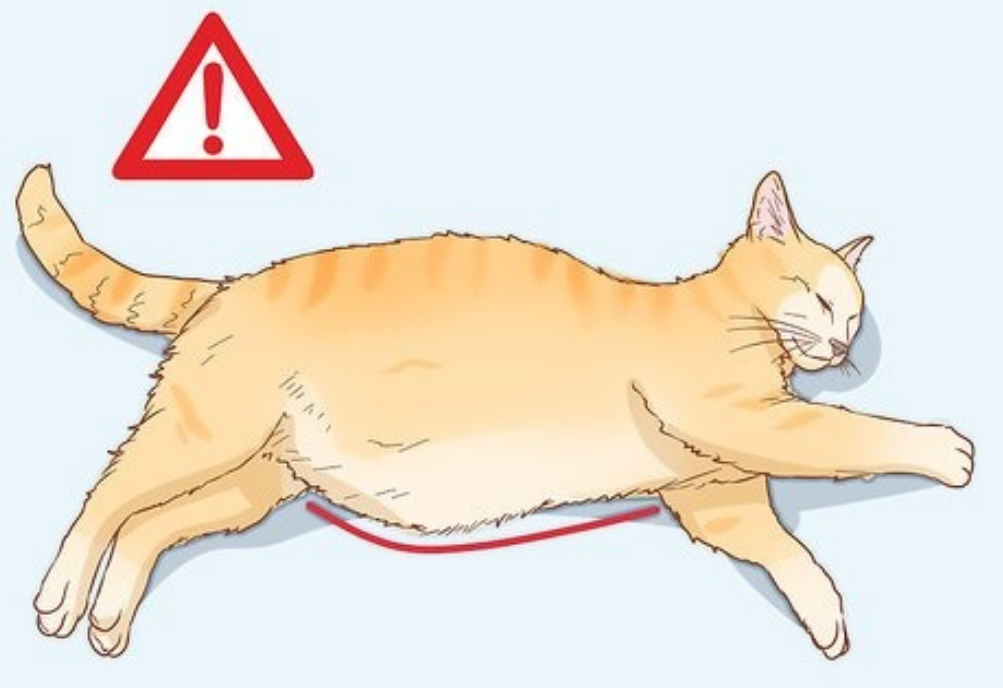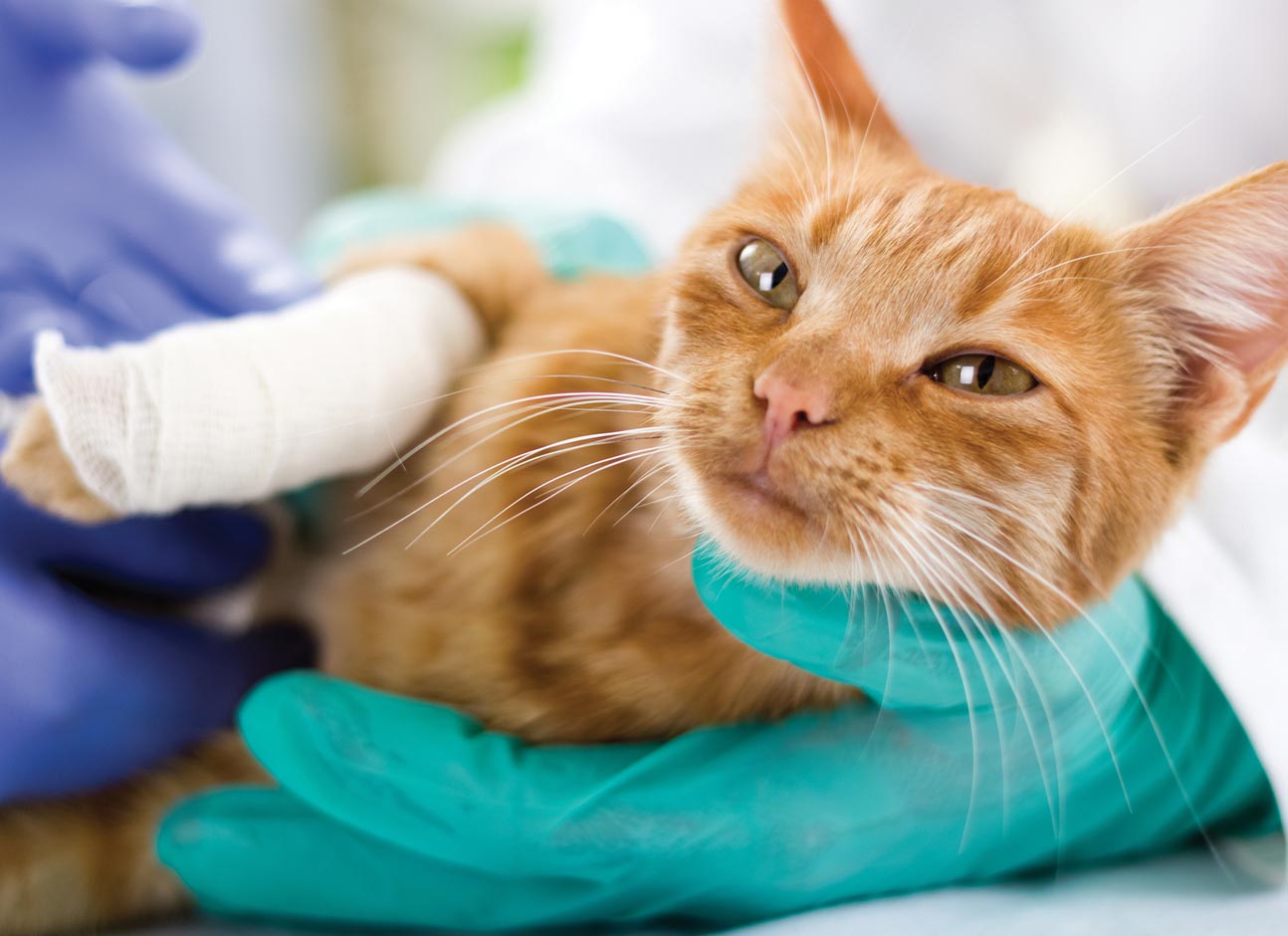Reviewed by Dr. Luciano de Gatica
Updated on 07/20/2024
Reading time 3 min.
Overview
Severity: Hard
Life stage: All
Ascites are abnormal formations and accumulation of fluid in the abdomen. The amount of fluid depends on the degree of abdominal swelling. The condition is caused by fluid from the lymphatic and circulatory systems, as well as from internal organs, leaking into the peritoneum for various serious reasons.
The development of ascites can be either rapid, occurring over a couple of days, or slow, taking place over several weeks. As excess fluid creates increased pressure on the internal organs and makes breathing difficult, there are risks of severe complications and even death.

Ascites in cats: what to look out for
Causes of Ascites
Ascites can affect any pet, but it is most common in cats with a sedentary lifestyle. The potential causes include:
- Cardiovascular system diseases
- Renal system diseases
- Hepatic system diseases
- Vascular problems
- Neoplasms
- Trauma
Other contributing factors may include:
- Diabetes mellitus
- Tuberculosis
- Immune system problems
- Obesity
Symptoms
| Symptoms | Frequency |
|---|---|
| Swollen, elastic abdomen | Very common |
| Pain when pressing on the abdomen and a sensation of overflowing liquid | Very common |
| Breathing difficulties | Very common |
| Weakness | Very common |
| Gastrointestinal tract disruptions | Common |
| Unhealthy-looking coat | Less common |
| Expectoration | Less common |
| Yellowed mucous membranes | Less common |
Regardless of the causes of ascites, all internal systems in the pet’s body are affected. – says Dr. Luciano de Gatica
Diagnostics
While ascites itself is easy to identify, the main task is determining its cause. The primary diagnostic methods include:
- Ultrasound examination
- Laboratory tests of blood and urine
- Complete blood count (to determine the presence and degree of anemia, and inflammatory processes)
- Cytological analysis of effusion fluids
- Tomographic study
- Bacteriological analysis of ascitic fluids
- X-rays
- Biopsy study
Treatment Methods
Treatment should address both the symptoms and the underlying disease. In emergency situations, the following steps are taken:
- If there is a significant amount of fluid, it is removed via puncture, and then ultrasound is used to estimate how quickly it accumulates
- Oxygen therapy is employed for breathing problems
- Diuretics are administered to remove fluid
- Blood transfusions are conducted in cases of bleeding or anemia
Concurrently, the underlying disease causing ascites is treated using methods such as:

- Surgery
- Chemotherapy for malignant neoplasms
- Systemic treatments for systemic diseases
- Antibacterial and antiviral drugs for infections
The overall treatment process depends entirely on the pet’s condition and the amount of fluid. Treatment is often lengthy and continues until the symptoms of ascites completely disappear.
Early detection of the disease leads to less severe consequences for the body. It is crucial to remember that only a qualified veterinarian can prescribe the most effective treatment therapies.
Share This, Choose Your Platform!
Writen by
Dr. Luciano de Gatica
DVM
Luciano de Gatica graduated in 2005, as a Doctor of Veterinary Medicine, from Universidad Nacional de La Plata (UNLP) in Argentina. He gained extensive experience in the field of…


